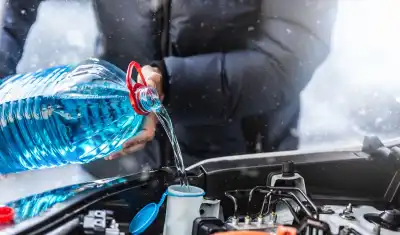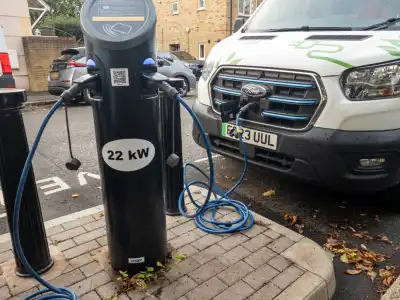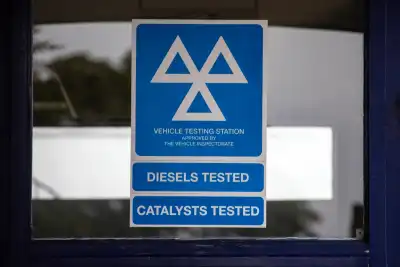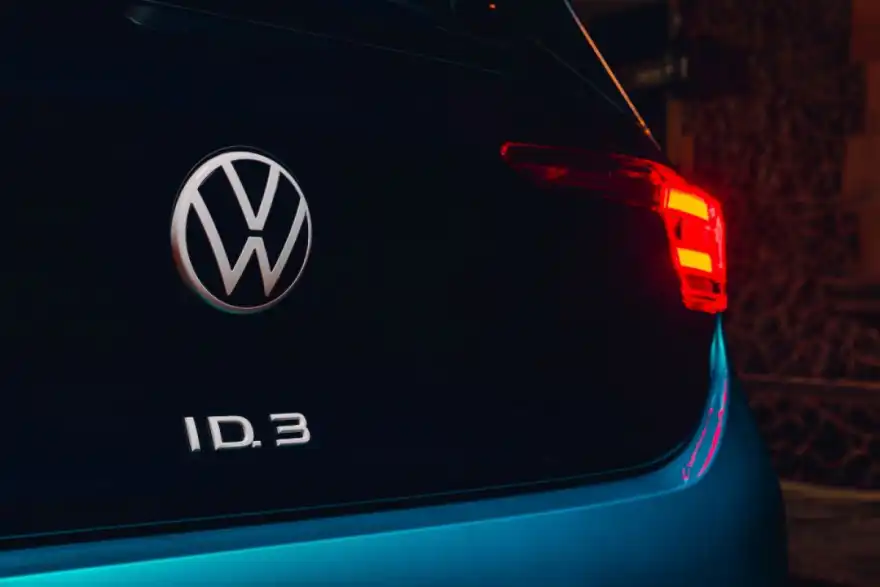
Don’t be intimidated by the concept of owning an electric car, in a lot of cases the maintenance can be less stressful and more affordable.
Maintaining any modern car involves scheduled servicing, inspecting and replacing perishable parts, and keeping the car in good general condition. But what changes when you buy an electric car? Let us explain...
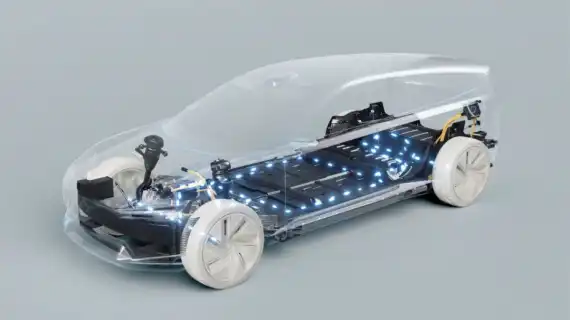
Do electric cars require less maintenance?
Yes, electric cars do require less maintenance when compared to petrol or diesel alternatives. This is because, despite being more advanced technologically, they are mechanically less complex than cars with internal combustion engines.
An engine is a complicated display of engineering, however, petrol or diesel engines have thousands of moving parts and require oil, filters and sensors to keep the engine operating at its full potential. The fact of the matter is, there are fewer things to look after with an electric vehicle, requiring less time in the garage and having less impact on your bank balance.
The majority of faults that occur with an electric vehicle can be diagnosed and often repaired with a computer, which tends to be more accurate and faster than having to inspect an engine the old fashioned way.
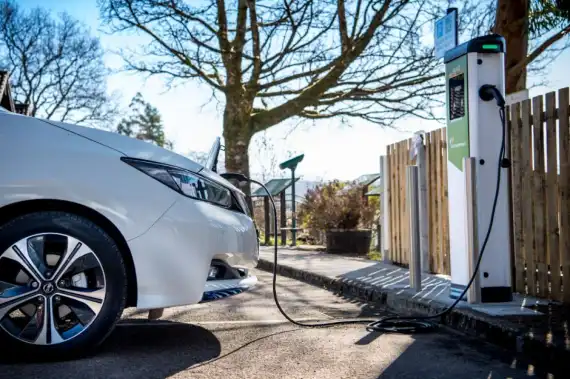
What are the maintenance costs for electric cars?
The electric motor inside an electric car is very unlikely to require much attention. They’re fairly straightforward in design and don’t have much room to deteriorate over time, with most being made up of fewer than 20 components. This is excellent news for owners.
First and foremost there are no fuel, oil and air filter changes required. These are essential when servicing a petrol or diesel-powered car and can easily cost owners hundreds of pounds.
Of course, then there is engine oil itself. Every time you take a petrol or diesel car for a service you will be charged for an oil change, which involves flushing the oil from your car and replacing it with new oil. Electric cars don’t require engine oil, so that’s another saving made when maintaining an EV.
Not only is an electric motor simpler than a combustion engine, but an electric cars drivetrain is too. Electric cars use a single reduction gear and a differential, instead of a complicated multi-gear mechanical gearbox that we’re used to seeing (and maintaining) in a combustion vehicle. An electric cars gearing does require oil as a lubricant but it is essentially sealed in and isn’t burnt away, and therefore doesn’t need replacing.
The cost of servicing will include an inspection of suspension and steering components, but the majority of motor testing will be done by scanning the onboard computer for error codes which is both fast and cost-efficient.

So, what needs maintaining in an electric car?
Perishable parts away from the motor are the only parts that need regular maintenance in an electric vehicle. Firstly, tyres. An electric car will use tyres just like you would expect with a combustion-powered vehicle. Electric cars have more torque going through their tyres and are typically heavier, increasing the rate at which tyres will wear.
Electric vehicles are subject to the same testing standards as regular vehicles and therefore must maintain a minimum tread depth of 1.6 mm throughout the central ¾ of the width of the tyre. When your tyres get near to this tread depth, you must think about replacing them promptly.
Another expense when maintaining an electric vehicle is the brake pads and discs. Don’t worry though, because electric vehicles will typically go through brake pads and discs at a slower rate than petrol or diesel engines, as they use regenerative braking - which is where the electric motor decelerates the wheels alongside the brake pads, regenerating energy that recharges the onboard battery.
Nonetheless, the brake pads and discs will eventually wear away, so this is a maintenance expense you should factor in when buying an electric car just as you would when buying a petrol or diesel car.
In terms of liquids, an electric vehicle will still need its hydraulic brake fluids changed as per the servicing schedule, this is extremely affordable, just as it is with petrol or diesel cars. Most electric cars do also use liquid cooling systems to keep the battery at its optimum temperature irrespective of the outside temperature or how hard it is being worked.
When it comes to maintenance, the fluid levels may need occasional inspecting and topping up if necessary, but that’s about it.
If you’re thinking of changing to an electric vehicle but are concerned about the maintenance, then we can assure you, there is very little to worry about…

